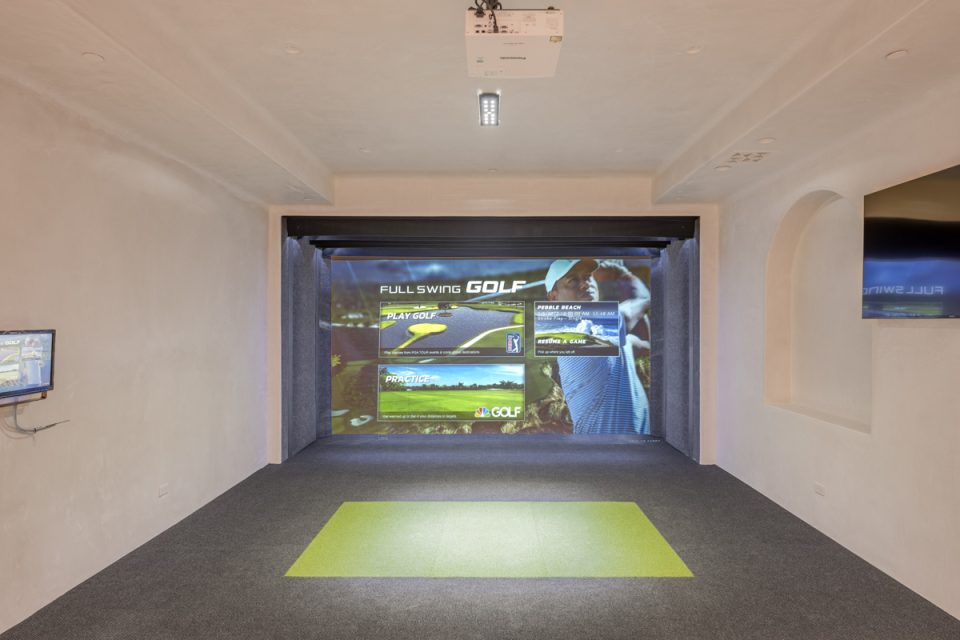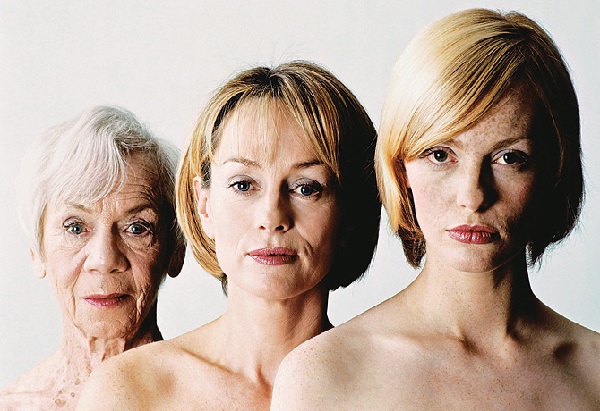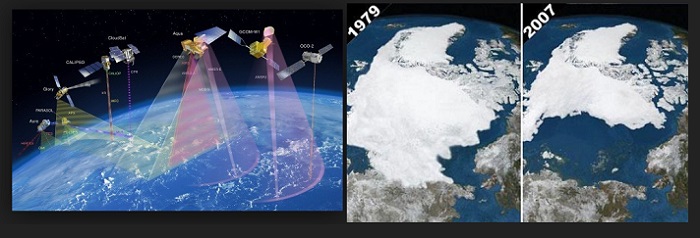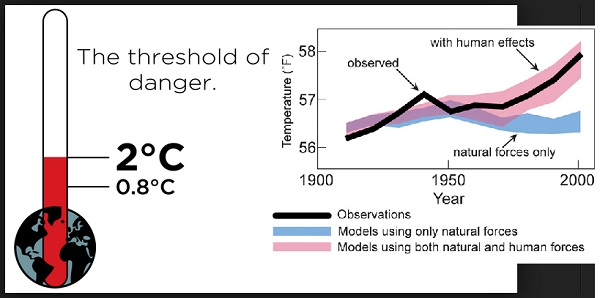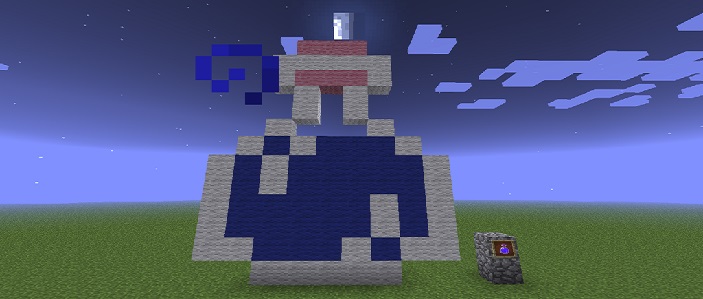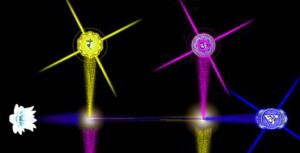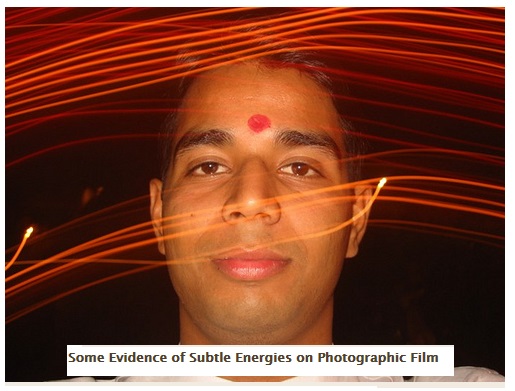Building a business is one of the hardest things to do, especially when one is trying to build a business bigger than Victoria’s Secret, who owns 50 percent of the lingerie industry.
But, Catalina Girald, founder of Naja Lingerie is setting out to do just that.

Headquartered in Medellin, Colombia, with offices in San Francisco and New York, Catalina found a niche in the already dominated lingerie industry. Having worn Victoria’s Secret for most of her life it was when she became a professional that she started to see that the highly popular brand overly sexualized women. As a business woman, Catalina no longer felt comfortable wearing such lingerie and decided to design her own. “My aim is beyond making high-quality bras and panties. I want to create a lifestyle brand. I see it as the Athleta of what happens in your bedroom and bath.”
Her mission to create an alternative lingerie brand for women has a long journey ahead, but Catalina remains focused.
Seeing beyond the needs of women and staying in tune with the digital force of today’s society, Ms. Girald’s small yet powerful brand, Naja Lingerie is changing the game in more ways than one. With quotes printed inside each of the panties, designed to empower women and the brand going completely e commerce, Naja lingerie is for women who want to be radically different. Never forgetting the core of her mission, the company’s Underwear for Hope program donates a percentage of purchases to the Golondrinas Foundation in Medellin, where Girald was born. The foundation teaches impoverished women, skills such as sewing which allows them to support their families. They sew the wash-bags that come with each Naja purchase.
Each collection is inspired by the founder’s travels around the world.
From living with nomads in Mongolia to learning about the weaving process in Indonesia and living among the Hmong people in Vietnam, Catalina’s 18 month spiritual journey throughout Asia brought ideas and life to Naja lingerie. It wasn’t always that way for Catalina who was once at the top of her career as an attorney over at Skadden Arps, one of the most prestigious law firms in the country. Looking to create something greater, Catalina Girald started attending the acclaimed New York’s Fashion Institute of Technology–literally sneaking off to classes in between meetings at Skadden. Ultimately, she left Skadden to pursue her MBA at Stanford University where the Colombian born entrepreneur founded one of the first venture-funded fashion sites (MOXSIE) for independent designers which was later acquired.
Introducing Naja, the inventive online lingerie brand that speaks volumes
Naja, a digitally driven, forward-thinking innovator in the lingerie industry, has officially launched to rave reviews. Naja, billed as the “radically different, thoughtful lingerie brand for smart, courageous and sexy women”, was pioneered by Colombian-born CEO, Catalina Girald. No stranger to the fashion and technology industries, Catalina founded MOXSIE, one of the first venture-funded fashion sites for independent designers which was later sold to Fab.com. Naja is a breath of fresh air in an industry that hasn’t changed appreciably in decades. When asked about the direction of the new firm, Founder Catalina Girald answered, “We celebrate strong women. We’ve done away with fans blowing fake wind into our models’ hair, and old, dated lingerie designs. Our fresh designs, pricing and mission to empower women are challenging the industry, and we’re building the first billion-dollar online lingerie brand for the next generation woman.”
Today, women looking for fashionable bras under $80USD [$103CAD] have limited choices, including Victoria’s Secret.
However, a growing number of shoppers have expressed dissatisfaction with the mass retailer, citing a lack of innovative designs, low construction quality, and environmental impact amongst their concerns. Naja changes all of that. The company offers exclusive designs paired with the highest quality of fabrics, placing significant focus on structural changes and better product design. Features reserved almost exclusively for luxury lingerie, such as breathable memory foam cups and ultrasonic sealed straps, are now being brought to consumers at fair prices.
Naja uses Peruvian sourced Pima cotton for the softest feel and intelligent fabrics with odor and sweat wicking properties for real women with performance needs, all while remaining health and eco-conscious by using no phthalate materials and water based dyes.
The capsule collection, inspired by Tattoos and Japanese Shunga, consists of a basic line and three groups including “The Secret Lives of Sparrows”, “One Night in Cashmere”, and “Miyoko Loves a Dragon”. The collection is characterized by innovative and surprising prints on the interior of all the bra cups, so that every woman can carry her own little secret. All of the fabrics are exclusively designed for Naja by a local San Francisco Tattoo artist and are individually hand printed making each piece slightly unique. In keeping with Catalina’s vision of making great design accessible, the collection is fairly priced with bras ranging from $45USD to $70USD [$56CAD to $90CAD] and panties ranging from $12USD to $22USD [$15CAD to $28CAD].
Perhaps the most interesting thing about Naja is the company’s dedication to changing women’s lives.
Through Naja’s Underwear for Hope program, the company donates a percentage of profits to training women in the poorest and most violent areas of the world to sew. Naja then employs them so that they can help themselves and their children. With each purchase of Naja, consumers can feel good knowing that they are contributing to changing a woman’s life. To learn more about the company’s lingerie, social mission or what sets Naja apart from others in the industry, visit http://www.Naja.co .




